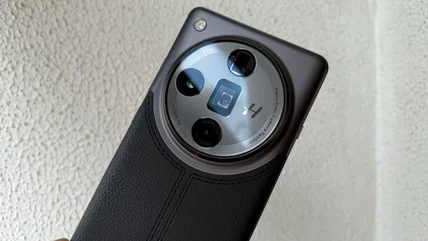Over the past decade, smartphones have seen incredible improvements, like better cameras, powerful processors, and vibrant OLED screens. But not every idea turned out to be great. Some trends looked exciting at first but didn’t work well in real life or faded out quickly.
Take modular phones for example. The idea was to swap parts like cameras and batteries, but it was too complex to succeed. Projects like Google’s Ara and Moto Mods eventually failed. Bezel-less displays also seemed futuristic, but they’re expensive to make, break easily, and can cause accidental touches—making gaming or browsing frustrating.
Reverse wireless charging sounds cool, letting you charge your earbuds or watch with your phone. But it’s slow, causes heating, and only works with certain devices. It ends up being more of a hassle than a help. Then there are foldable phones a tech lover’s dream. They look great but break easily and cost a lot to repair. Even gentle use can damage the screen or hinge.
Finally, in-display fingerprint scanners were meant to feel futuristic, but they often respond slowly or stop working after screen replacements. Optical ones are even vulnerable to hacking. In contrast, older physical sensors or face unlock work more reliably.
These trends show that not every “next big thing” in smartphones actually improves our experience. While some of these features had promise, they often caused more problems than they solved.


